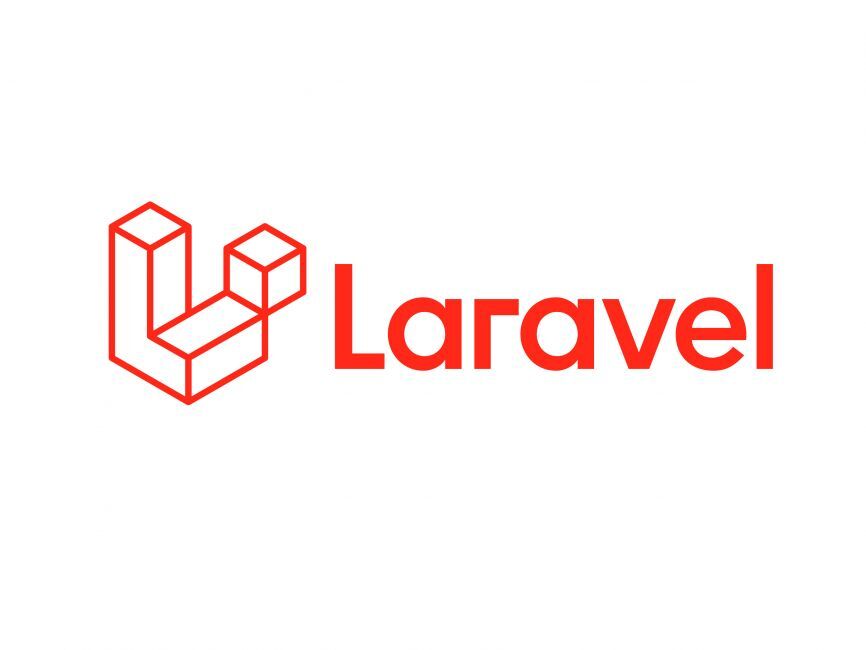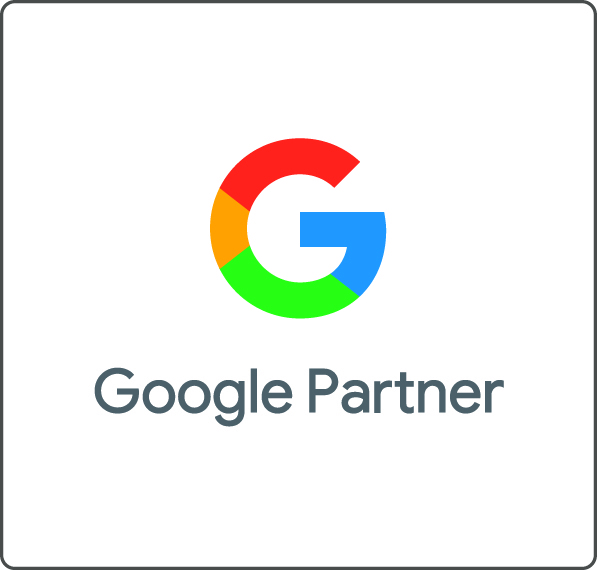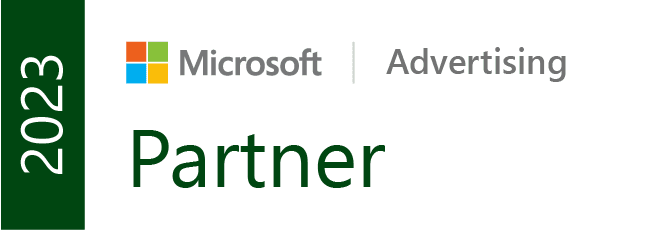Over the weekend, Facebook celebrated its 13th birthday with a charming yet somewhat creepy emoji man featuring your memories and friends. Did you spot yours?

Mark Zuckerberg prefers to make this birthday about Facebook’s users, rather than the 1.86 billion strong social media giant.
“Friendship isn’t a distraction from the meaningful things in life. Friendship is what gives meaning to our lives.”
Facebook over the years: 2010 - 2017 timeline
Facebook in 2016
2016 was a good year for Facebook. Previous years saw good growth for Facebook, but 2016 was the year where Facebook brought in a plethora of tools and features. Here are some of their biggest changes from the past year:
Reactions
The Facebook Reactions feature was released in March 2016, however feels like it’s been around for years. The six reactions completely changed how users reply to news, giving an appropriate response to situations. Facebook also got creative adding in their own spooky version of the reactions on Halloween.

Virtual reality
It’s no secret that Facebook acquired Oculus, the leading competitor in the recent resurgence of virtual reality (VR) technology. Whilst VR is still on the cusp of being mainstream, early adopters will be the first to experience VR-enabled content and interactions on the Facebook platform, such as 360 panoramas, with Facebook rewarding users and businesses who contribute such content for the masses.
Instant articles
Facebook Instant Articles transformed Facebook into a publishing platform for brands, allowing publishers to have their content distributed and viewed directly in the Facebook app. Facebook is now longer being used to signpost users to brands’ content, but instead the whole experience is kept within the app.
• Instant Articles received 20% more clicks than mobile web articles from the News Feed
• Once someone clicks on an Instant Article, they’re 70% less likely to abandon the article before reading
• They are shared 30% more than mobile web articles on average
Source: Buffer
Fake news
Along with more news and articles being shared on the app, came a fake news epidemic. This comes on the heels of allegations that fake news on social media impacted the 2016 U.S. presidential elections. Facebook claims 99% of content on the platform is authentic, however independent sources have not quantified the extent of fake news on Facebook. While this problem has been addressed by Facebook, in order for the platform to continue growing, this problem needs to be resolved.
Organic visibility
Organic visibility has been consistently decreasing, and since Facebook’s algorithm change last year, being seen on the social network without paid promotion is proving more and more difficult.
Facebook’s official response to this drop is to improve overall user experience by only showing the most relevant content, pushing brands to push out better content and really thinking about how their users can be engaged with via social tribes.
Lower organic reach means more pressure for businesses to use paid advertising options, which means increased revenue for Facebook.
Advertising changes
Facebook continues to improve their advertising platform, from Featured Product Ads to Canvas Ads, better reporting functions in Facebook’s Business Manager and advertising on other Facebook products, such as Instagram.

What next for facebook?
One of the more controversial changes is Facebook announcing sound playing automatically with videos in the news feed. As users watch more video on phones, they’ve come to expect sound when the volume on their device is turned on. After testing sound on in News Feed and hearing positive feedback, the change is being rolled out. With this update, sound fades in and out as you scroll through videos in News Feed, bringing those videos to life.
If your phone is set to silent, videos will not play with sound. If you never want videos to play with sound, you can disable this feature by switching off “Videos in News Feed Start With Sound” in the user settings.
You know when people upload video in vertical mode, when really it should have been filmed horizontally? Everyone knows one of these users. Facebook is working to make vertical videos look better on devices, testing a larger preview of vertical videos in the news feed on mobile.
3. watch and scroll
As the number of videos in the news feed increases, user behaviour has evolved so users want to watched videos in the background and continue scrolling. Facebook is now making it possible to minimise the video to a picture-in-picture view that keeps playing in the corner of your screen while you browse other stories in the news feed, similar to YouTube's mobile app.
4. facebook video app for tv
Facebook asked users for feedback and found that people want more options for how and where they watch Facebook videos. As a result, Facebook has announced a new Facebook video app for TV, which will roll out to app stores for Apple TV, Amazon Fire TV and Samsung Smart TV.
With the app, you can watch videos shared by friends or Pages you follow, top live videos from around the world, and recommended videos based on your interests. You can also catch up on videos you’ve saved to watch later, as well as revisit videos you’ve watched, shared or uploaded.
5. rise in customer service on facebook messenger
While not widely used, Facebook Messenger is automatically integrated with every Facebook Page, so businesses and people can connect directly and easily. Messenger bots can also connect and serve customers with automated responses.
6. continue growing as a publishing platform
As it stands, Facebook is very good at sharing content. AMP and video discovery means that once you’re watching a video, chances are you’ll probably watch 2 or 3 (or 5 more). With reactions and save features too, there are many more metrics to help publishers analyse their contents’ reach.
In December 2016, Facebook drove 90% of all interactions and 60% of all views of Christmas TV adverts on social media in the UK, compared to just 40% of views on YouTube. While YouTube is still the world’s second largest search engine, there could be a battle to retain this title in the coming years.
Facebook is currently working on a system to understand what you post. In the future, you might be able to find something to watch by searching for your favourite sports team, for example, and surface the most relevant live streams and past clips. Facebook could also automatically recommend videos it thinks you will like.
8. vr to socialise in virtual spaces
Currently Facebook has two VR headsets on the market: the Oculus Rift and the Gear VR. These aren’t mainstream yet, however Facebook wants virtual reality to be something everyone uses to socialise, possibly because that seems like a way to get VR to stay this time around.
9. facebook to rewire the internet
And finally, in recent years Facebook has rolled out a series of projects to help the world get online. Facebook is currently working on a solar powered drone called Aquila, with the wingspan of an airliner to beam Internet to areas where cellular infrastructure would cost too much to build.
This is part of Facebook’s 2026 vision, where Zuckerberg plans to bring internet to every single human on earth. This sounds like an incredible feat, but then again so did sending people to the moon. Dream big, Mark.
Want to know more? facebook articles you should check out:
Facebook advertising:
• Facebook Custom Audiences: This Time, it’s Personal
• How to Create a Facebook Business Manager Account
Facebook for business:
• Facebook Algorithm & Brand Profile Update
• It’s Not All About You: Tribal Success in the Social Maze
• Facebook Instant Articles: What Are They and Why Should you Care?
• Facebook Reactions Launch





